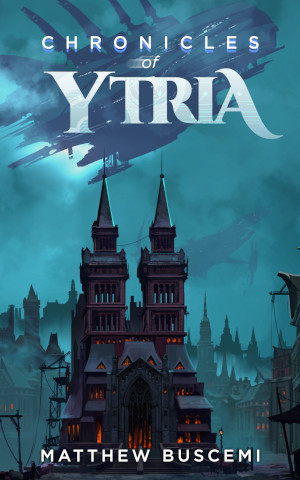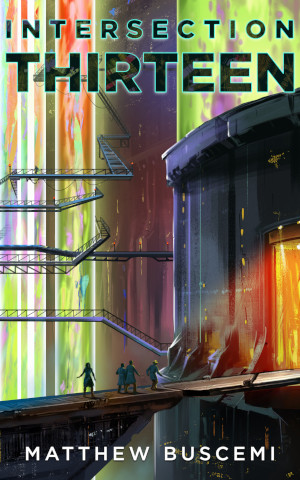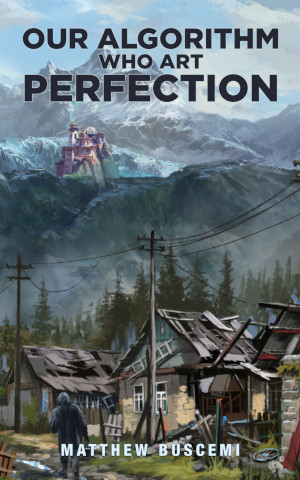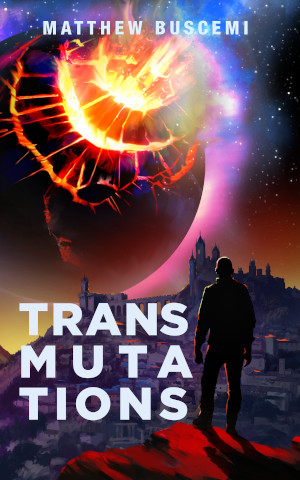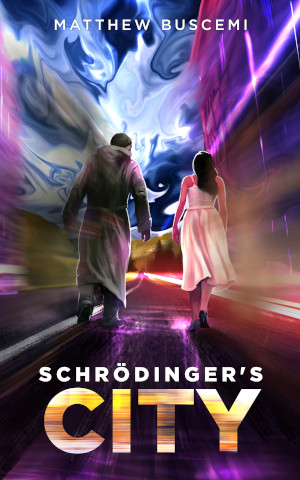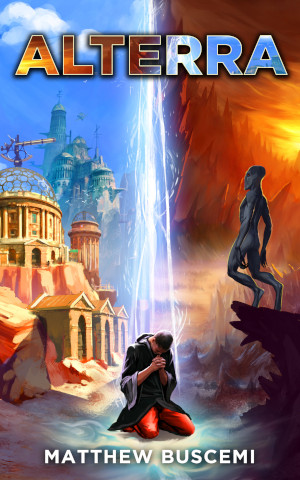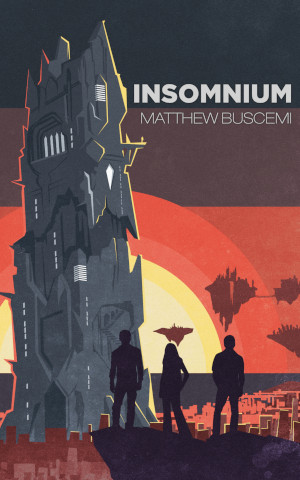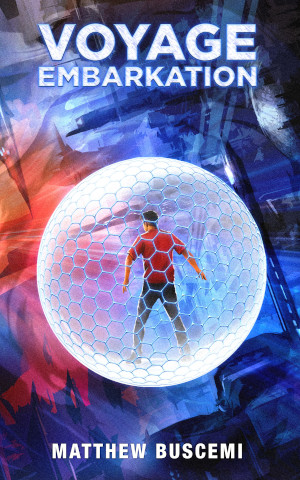An Exercise in Futility
Sunday, September 22, 2019 at 9:15am
A Review of the Star Trek: Voyager Episode Course: Oblivion
This review contains plot spoilers.The serialized television format contains one big, built-in problem for certain kinds of storytelling: it's hard to kill off characters well. Since actors generally sign multi-year contracts, all individual stories in the series must assume that the central characters survive from one episode to the next. Only single-episode guest actors' characters may die, but the short duration of their involvement with the central cast limits the narrative impact that their death could have.
In addition, when an actor does decide to abruptly leave the show, the writers are usually given extremely short notice with which to write a death scene, and as a result the quality of such plots is usually not very good. One doesn't need to reach very far to find a trove of examples across a wide spectrum of genres. Star Trek: The Next Generation's Natasha Yarr jumps readily to mind.
So then, how could one possibly do a story in the serialized television format in which all the major characters, who the viewer has come to know and love for, in this case, nearly five years, suffer slow, debilitating deaths as their entire environment crumbles around them? Seems impossible, right? Course: Oblivion proves that it can be done.
The episode begins with the marriage of Tom Paris and B'ellana Torres, whose relationship began near the open of season four. However, the attentive viewer will notice an interesting discrepancy. Tom Paris was demoted to ensign earlier in season five, but the captain refers to him during his marriage as a lieutenant. After the ceremony is over, time slows as the bride and groom depart the mess hall, rice showering over their heads and falling to the floor. For a brief moment, the carpeting seems to wobble, and the rice falls through it, raining down into the ship's internal mechanisms.
When the episode proper starts, the captain blithely announces that Voyager has brought online an "advanced warp core," which has reduced the time of there journey from sixty years down to two. All worries about reaching home have been cast off, and the captain is now planning which excursions to take on their journey home rather than wondering if it will ever happen. The is peculiar, since no prior episodes have mentioned the crew doing any work toward an advanced warp core or discovering any technologies that seem related.
When a minor fluctuation is reported in engineering, Torres goes to check it out and discovers an entire Jeffrey's tube has begun to decohere at the molecular level. She reports to the captain that their new warp core is the culprit, and, although they've turned it off, the ship's infrastructure is continuing to lose cohesion. Before too much longer, Torres herself and other engineers fall ill, and the Doctor reports that Voyager's crew is decohering molecularly as well.
Tom Paris goes to sick bay and talks with B'ellana, reassuring her, and telling her all about the honeymoon they're going to have when she's better.
And then B'ellana dies.
How could this be? How could a serialized show do this? The answer becomes clear within in the next few scenes. Tuvok and Chakotay arrive and order the Doctor to inject B'ellana's corpse with a specific compound. The Doctor complies, and B'ellana disintegrates into a pool of gray goo. The crew and the ship, Tuvok announces, are all copies of the real Voyager and her crew. After copying Voyager, they must have forgotten that they were copies, then assumed the real crew's mission and set course for home. When they invented the advanced warp core, they thought it was harmless, because they ran their tests against how its field would affect humans, not clones of humans actually composed of liquid metal. This is, in my opinion, the best-executed plot twist in the entire history of the Star Trek franchise.
Crew members die one by one, and the ship degrades scene after scene. The crew struggles between deciding whether or not to continue on their course for Earth or to head back to the native planet of their primordial goo (the idea being that their original environment would heal the damage caused by the advanced warp core). All efforts to heal that damage fail, including an attempt to touch down on a planet with an environment similar to their homeworld's. Even attempts to salvage their personal history come to naught. The captain orders the crew to create a beacon out of unaffected materials and load into all their personal logs and data from the time they left their homeworld, but the beacon is destroyed during its launch due to the ship's deterioration.
To study history, particularly Classical and Medieval history, is to realize just how much human knowledge has been lost. And, at some point in life, our bodies begin to fail us. We grow old. We decay, just like all other living things on Earth. We do not last forever. Course: Oblivion uses science fictional imagination to throw those effects into overdrive, and presents some very striking and emotionally stark truths about the human existence. At one point, the captain is presented with an opportunity to potentially save Voyager, but she would have to destroy another ship full of people in order to do it. Her humanity won't let her pull the trigger—but she's not human, and neither are any of them, her first officer reminds her.
Captain Janeway retains her dignity and integrity to the end, insisting to the crew that if they feel something, think something, or believe something, she's not about to tell them it isn't real. Naturally, this can only force the viewer to consider just what the foundation is of humanity's assertion that its sentience is "real" or "genuine." More real or genuine than what?
In the end, as the ship nears complete collapse, Harry Kim and Seven of Nine remain the last two senior officers surviving, and the ship is so badly damaged that the bridge and engineering need to be reinforced with forcefields to remain intact. In the midst of this, a grainy image on the viewscreen shows an approaching ship—the real Voyager. Harry Kim orders them to drop out of warp so that they can hail them, and the ship sustains heavy damage as a result.
The real Voyager receives their distress signal, but when they arrive on the scene, all that remains is a slowly dispersing cloud of gray. The captain makes a note in her log of a destroyed ship, cause unknown. Nothing more. And the real Voyager proceeds on its way.
Sometimes problems have no solutions. Sometimes we try and we fail, and we either live to correct our mistakes and try again, or we don't. All of us face the very real fate of death. Our time is limited. The show does not go on forever, even if season seven's happy ending is already written in stone. As a serialized television narrative, Star Trek should not be capable of encroaching on these themes in any genuinely disturbing or sophisticated way, but Course: Oblivion is a shockingly disturbing and sophisticated episode of Star Trek: Voyager.
Everything is executed well, from the musical score, which perfectly compliments the moments of hope and despair both, to the makeup, depicting the crew's skin slowly melting off their frames into gray metal, to the individual line writing, which is neither bathetic nor ridiculously expository (one notable exception is, "we've come too far to be stopped by dust"). I especially love that the story's science fiction elements are requisite in order for the story's thematics to function. They are fully integrated into the plot rather than secondary to it.
Course: Oblivion was one of my favorite Star Trek episodes as an adolescent, and it remains among my absolute favorites as an adult.
